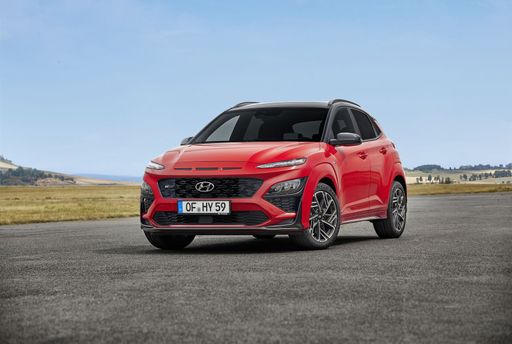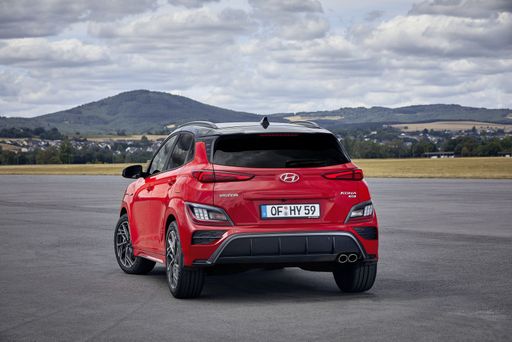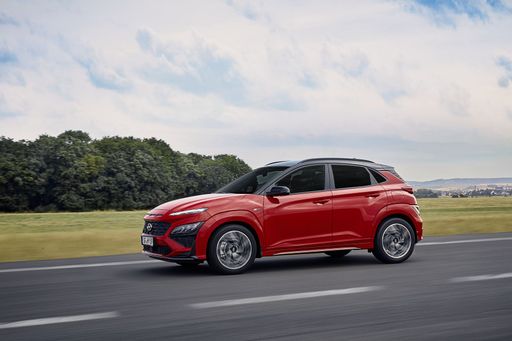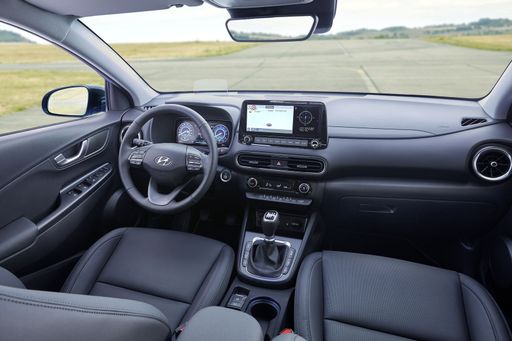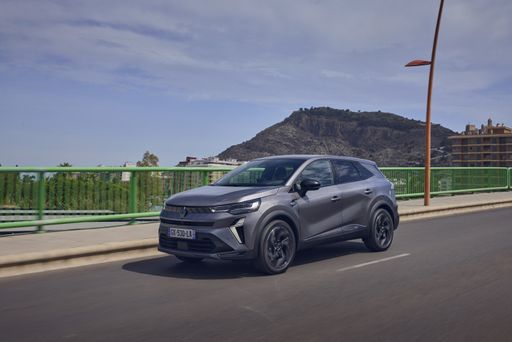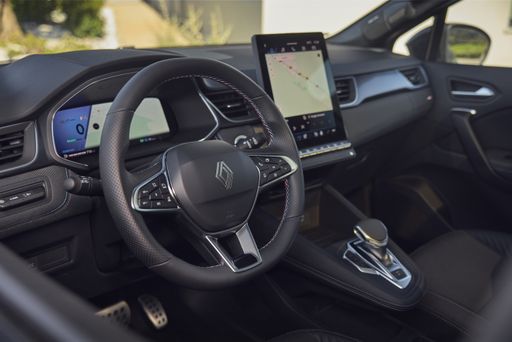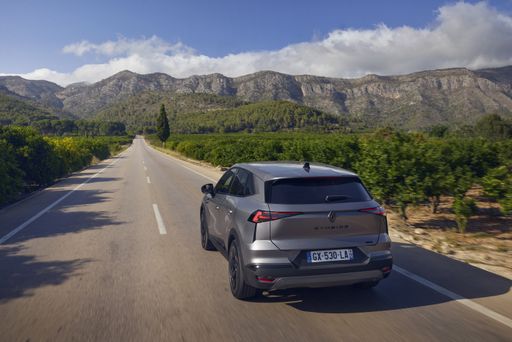Hyundai Kona vs. Renault Symbioz: A Comprehensive Comparison
In the evolving landscape of the automotive market, the compact SUV segment has garnered significant attention for its versatility, efficiency, and technological advancements. Two notable contenders in this category are the Hyundai Kona and the Renault Symbioz. Both offer compelling features, but how do they compare in terms of technical specifications and innovations? Let’s dive into the details.

